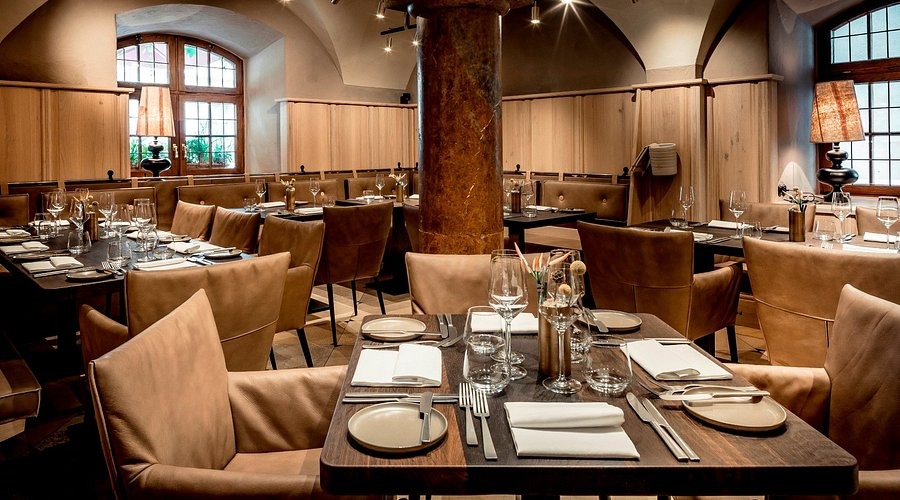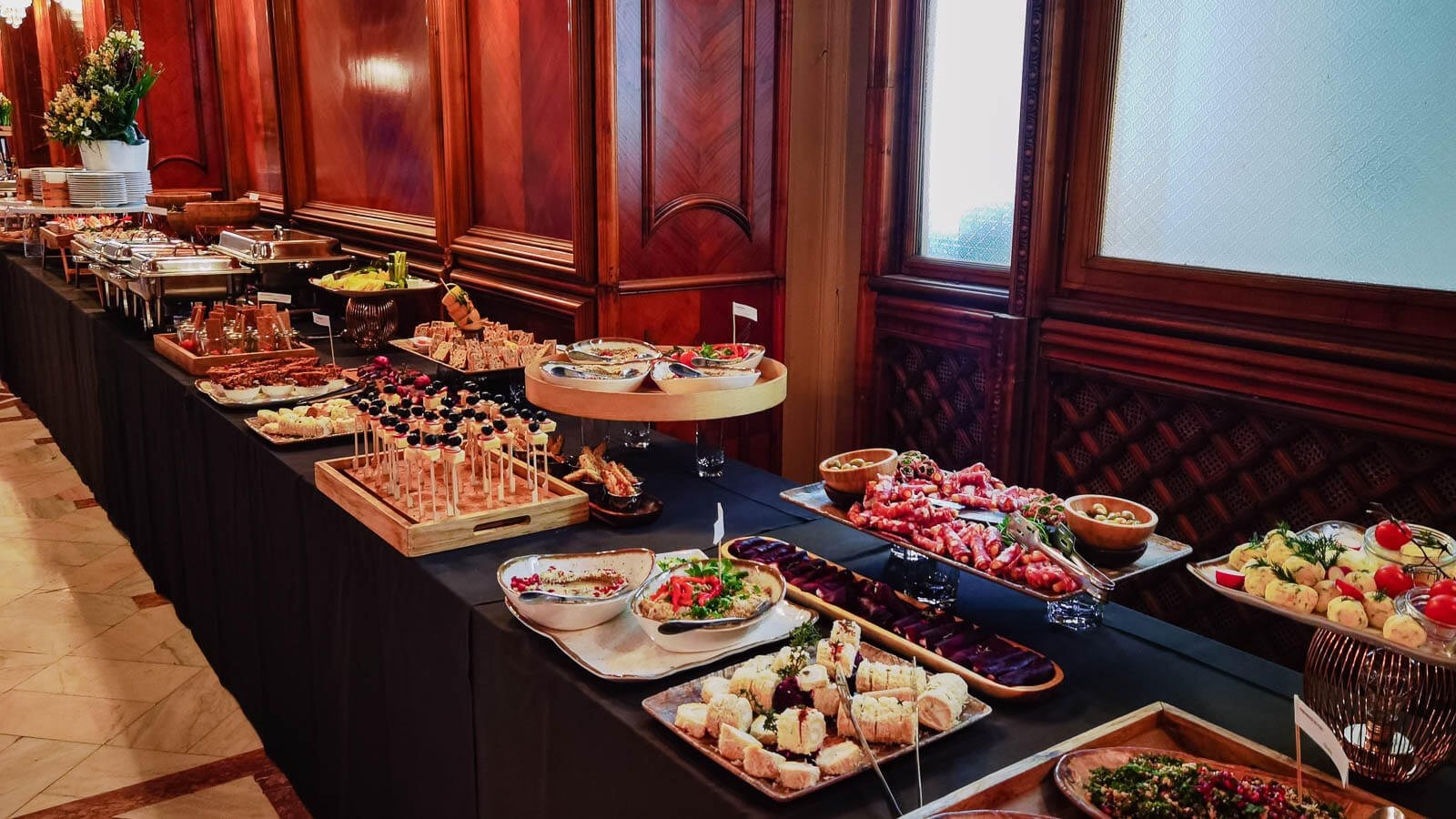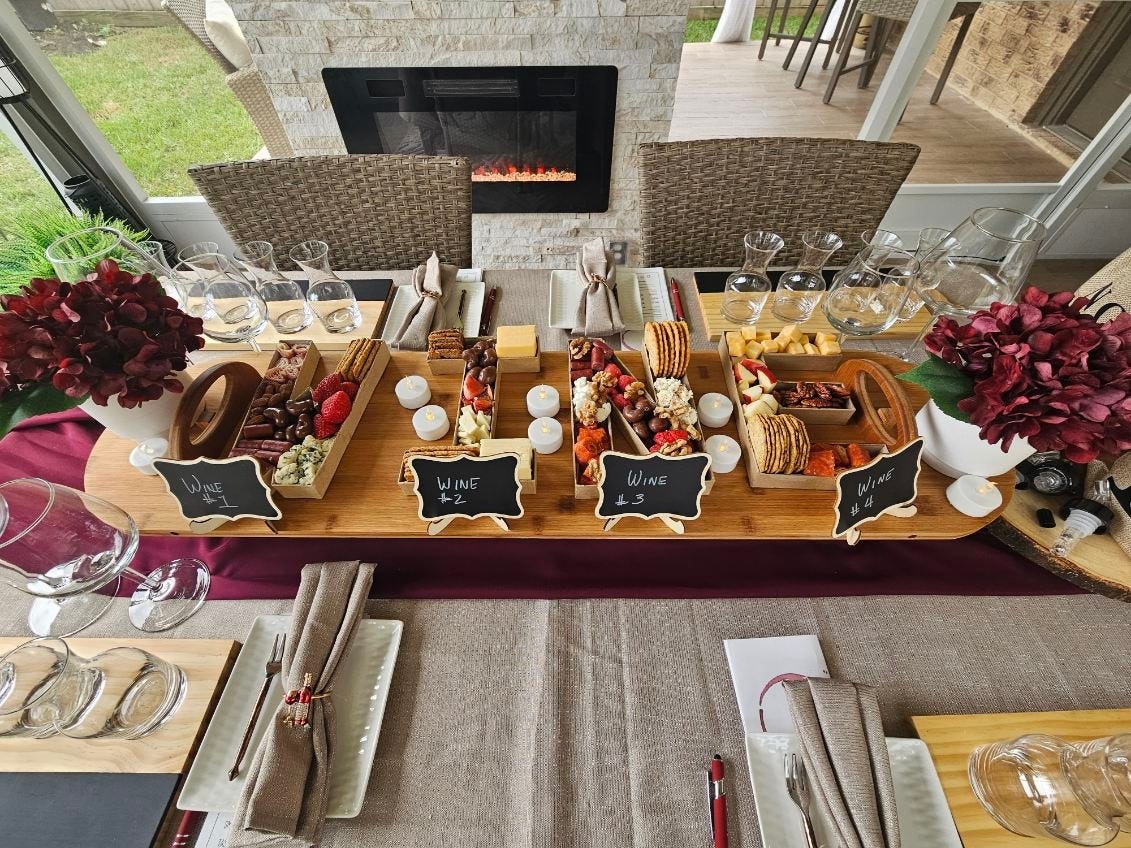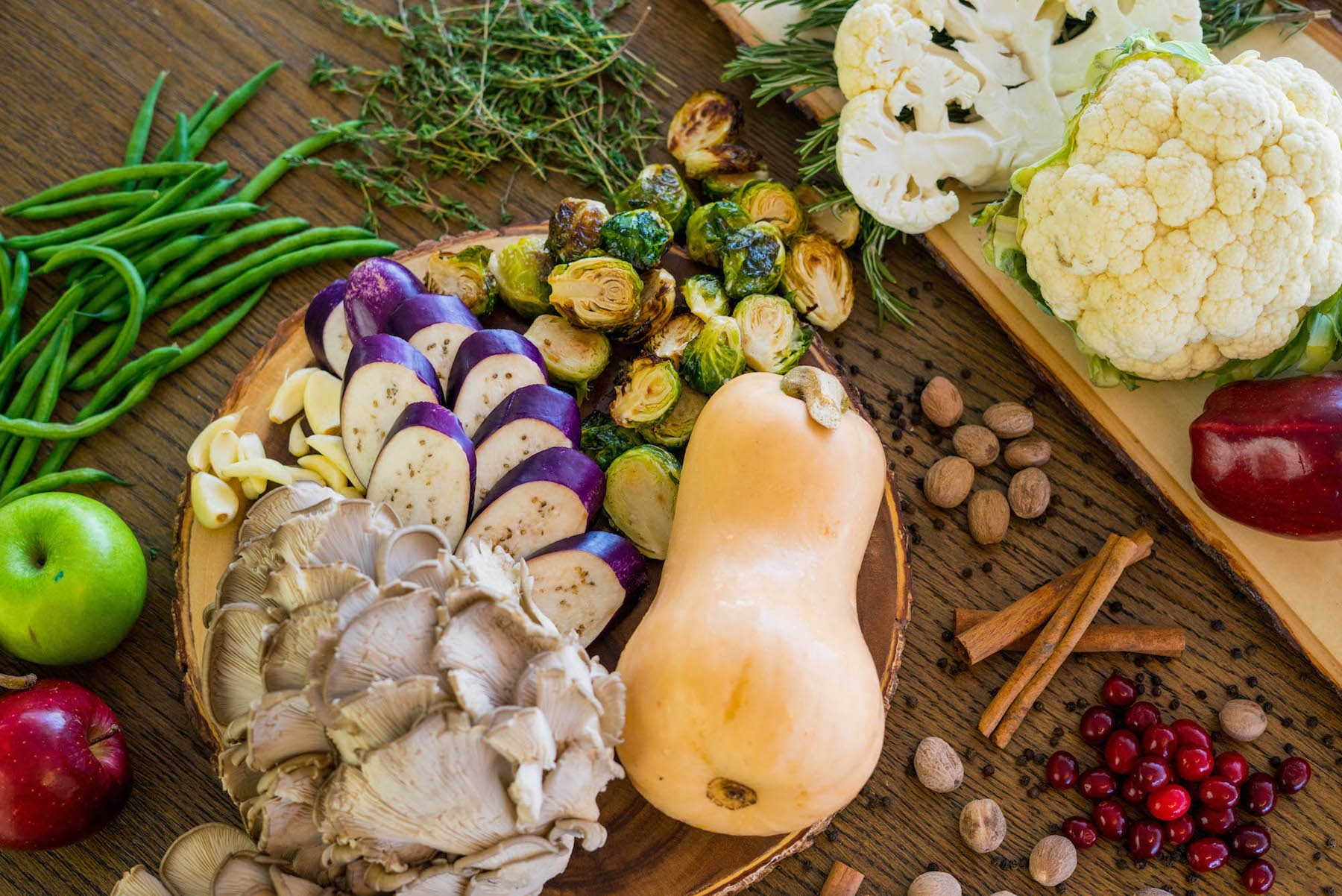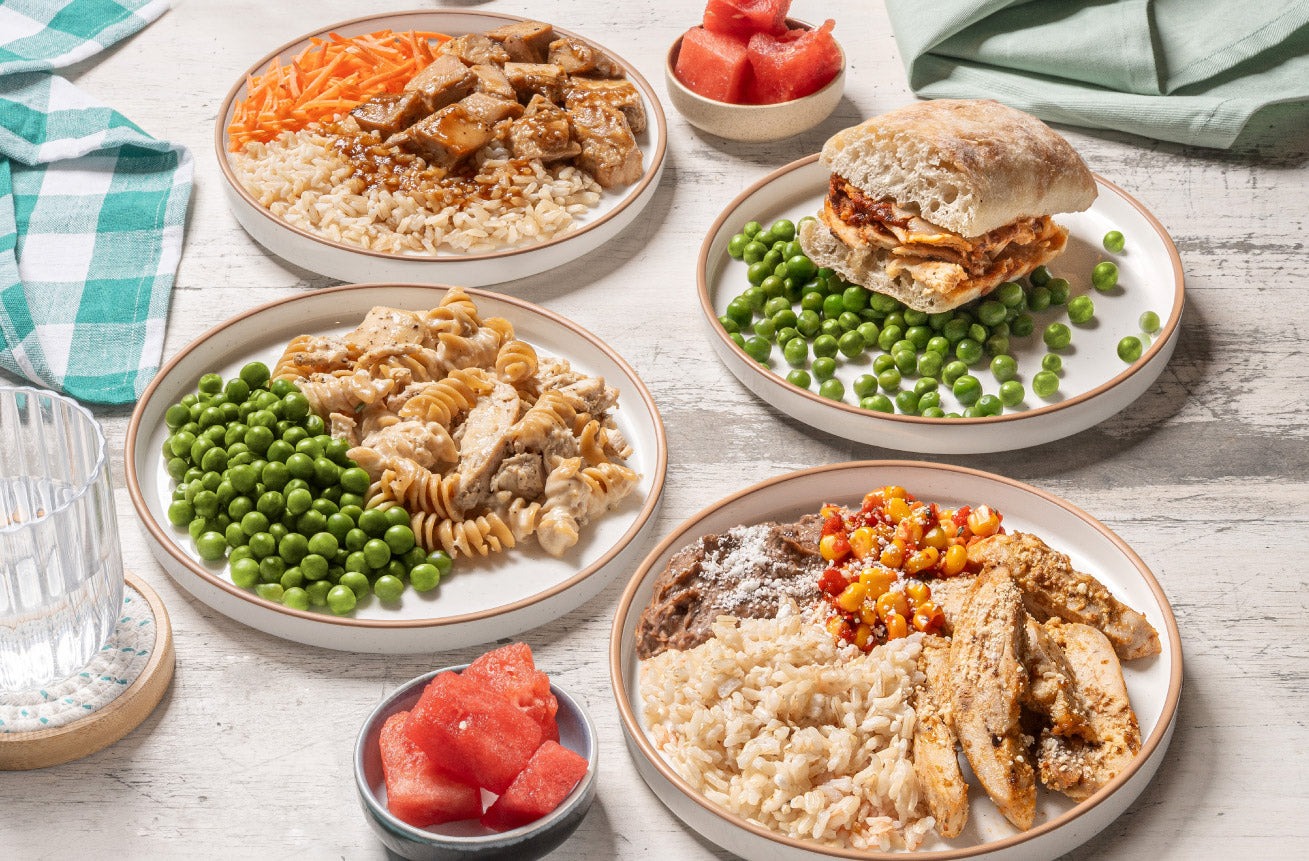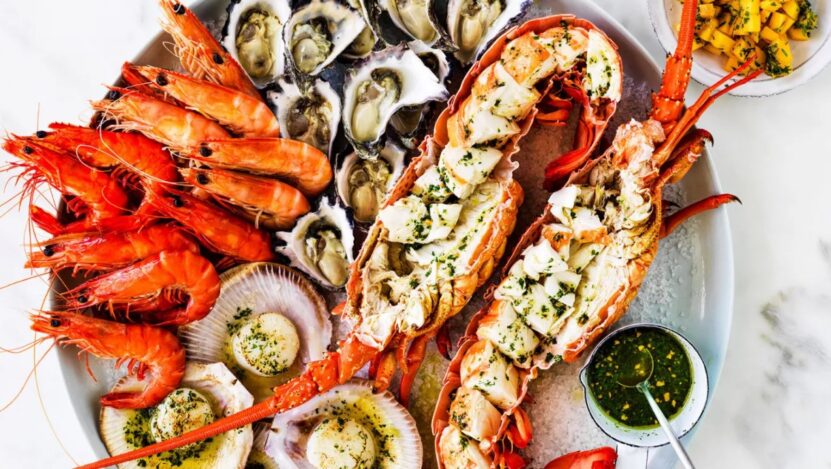
Share Post:
Seafood has a special way of turning an ordinary meal into a memorable dining experience. Its delicate flavors, striking presentation and reputation as a healthy choice make it a must-have on any restaurant menu. With careful menu planning, thoughtful sourcing and a few clever culinary strategies, it’s possible to serve exceptional seafood all year long, keeping your diners coming back for more and boosting sales.
Learn how to increase seafood sales, from creating the dishes to marketing them to customers.
1. Know the Most Popular Seafood Dishes
Before building your menu, it’s important to understand what your diners will most likely order. Classics like seared salmon, shrimp scampi, lobster rolls and fish tacos consistently top the list. Including these dishes provides a foundation of familiarity while leaving room for seasonal or chef-inspired creations.
Don’t underestimate the power of presentation and flavor combinations. Pan-seared cod with a citrus glaze or blackened grouper tacos with fresh slaw are delicious and visually appealing. These dishes tend to perform well on social media, helping attract new diners while reinforcing your restaurant’s reputation for quality seafood. Understanding which dishes your audience loves can also guide pricing, specials and promotions, ultimately boosting overall sales.
2. Prioritize Quality Sourcing
High-quality seafood starts with smart sourcing. Whenever possible, partner with suppliers who prioritize freshness, sustainability and ethical fishing practices. Local catches are ideal during peak seasons, but frozen options can be lifesaving during off-seasons.
One particularly effective method is blast freezing, which rapidly freezes fish at around -30°F to preserve its flavor, texture and nutritional value. This allows restaurants to offer premium seafood year-round without compromising quality. High-quality ingredients elevate the dishes on your menu, strengthen customer trust and encourage repeat visits.
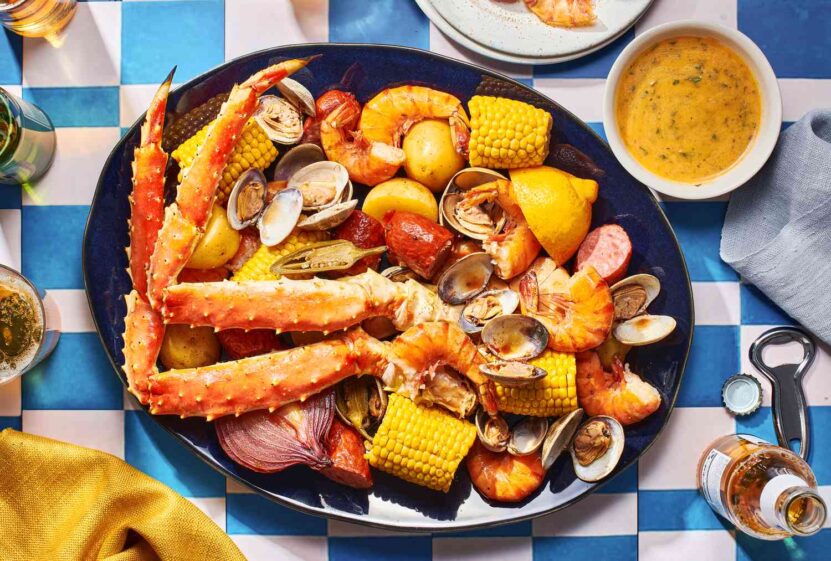
3. Offer a Balanced Menu
A balanced seafood menu combines comfort, variety and creativity. Consider lighter options like ceviche or grilled shrimp, heartier entrees such as seafood pasta or fish and chips, and a few indulgent specials like lobster thermidor or scallops with truffle butter.
Incorporating different cooking methods, grilled, baked, poached or fried, appeals to a broader range of diners and encourages repeat visits. Highlighting your most popular seafood dishes in a “Chef’s Picks” section can guide guests toward items that sell well while maintaining a sense of exploration. This also acts as an effective method to increase seafood sales. Variety and strategic menu design work hand in hand to elevate your restaurant’s seafood offerings.
4. Highlight Health and Sustainability
Seafood is often chosen for its nutritional benefits, so take advantage of that when designing your menu. Highlight dishes rich in omega-3 fatty acids, lean protein or essential vitamins. Simple menu notes about these health perks can influence diners’ choices and make them feel good about their selections.
Sustainability is increasingly important to today’s consumers. Clearly indicating responsibly sourced or certified seafood builds trust and positions your restaurant as socially conscious. Including small details, like the fish’s origin, farmed versus wild-caught or ethical fishing practices, shows transparency and care. Diners are more likely to return when they feel confident that their meal is delicious and responsible, which can directly impact repeat business and overall seafood sales.
5. Rotate Seasonal Specials
Even with high-quality frozen or sustainably sourced seafood, seasonality adds excitement to your menu. Rotating specials throughout the year allows you to highlight local catches, introduce new flavor profiles and keep regular diners engaged.
For example, spring could feature light citrus-based dishes such as lemon-butter halibut, while winter offers heartier fare like seafood chowders or baked cod with root vegetables. Seasonal dishes encourage diners to try premium offerings and allow chefs to showcase creativity. Specials also provide opportunities to upsell, increase per-check revenue and make your menu feel fresh and dynamic without overhauling it completely.
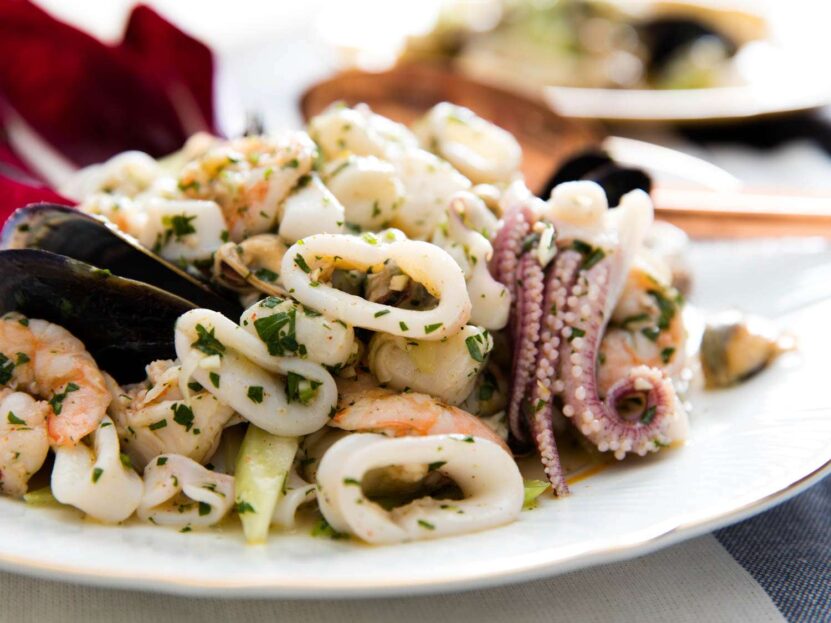
6. Train Staff to Sell and Explain Dishes
Your team can be one of your strongest tools in increasing seafood sales. Servers who understand each dish’s preparation, flavor profile and sourcing story can confidently recommend items to diners.
Encourage staff to share brief but engaging details about the fish, its origin, how it’s prepared, or why it’s a standout choice. Knowledgeable servers can guide customers toward higher-ticket or chef-recommended dishes, subtly increasing sales without feeling pushy. This also enhances the dining experience, as guests feel informed, cared for and more connected to their meal. Building lasting relationships with diners can foster loyalty and repeat visits.
7. Leverage Presentation and Plating
Presentation can make or break a seafood dish. Beautifully plated food signals quality, care, and attention to detail. Even simple dishes like shrimp skewers or baked fish can feel elevated with thoughtful garnishes, vibrant herbs, or elegant plating techniques.
Investing in presentation enhances perceived value and gives diners a memorable visual experience before the first bite. When dishes look as good as they taste, guests are more likely to share their experience on social media, giving your restaurant free exposure while reinforcing your reputation for high-quality seafood.
8. Offer Thoughtful Pairings
Pairing seafood with complementary drinks can elevate the dining experience and boost sales. Wines, craft beers, cocktails, or even non-alcoholic beverages like sparkling water or herbal teas can enhance flavors and create memorable pairings.
For example, a crisp Sauvignon Blanc can highlight the delicate taste of seared scallops, while a light pilsner complements fried calamari. Suggesting pairings on the menu or via staff recommendations encourages diners to explore the full experience, increasing both satisfaction and check totals.

9. Design Your Menu Strategically
Your menu’s structure can guide diners toward your most popular and profitable seafood dishes. Highlight “Chef’s Picks” or bestsellers with visual cues like boxes, icons or bold text. Organize dishes by cooking method, flavor or season to make the menu easier to navigate.
A strategically designed menu makes customers confident about trying new dishes while steering them toward items that drive sales. Coupled with high-quality ingredients, knowledgeable staff and seasonal specials, menu design helps ensure a seamless, enjoyable experience from start to finish.
Reel in Success
Creating a seafood menu that delights diners year-round requires balancing sourcing, presentation, seasonality and staff engagement. By prioritizing popular dishes, leveraging techniques like blast freezing, offering seasonal specials and training staff to share their knowledge, restaurants can consistently deliver high-quality dishes and increase seafood sales.

